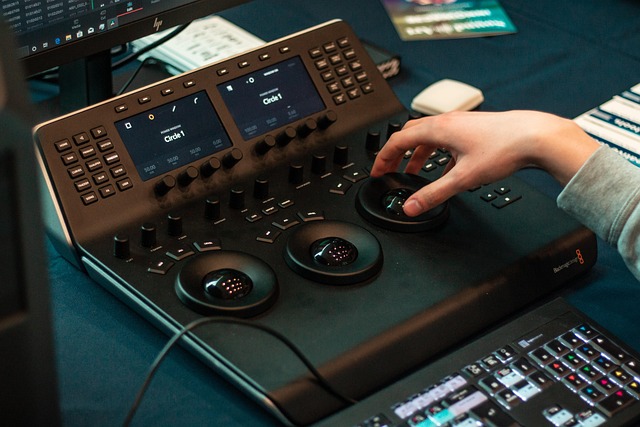In the realm of modern technology, the quest for unparalleled image quality has led to revolutionary advancements in TV and display monitor technology. This journey towards mastering imaging optimization not only enhances our visual experience but also transforms the way we interact with digital content. Whether you’re a film aficionado, a gamer, or simply someone who enjoys binge-watching your favorite series, understanding the intricacies of imaging optimization can significantly enrich your viewing experience.
At the core of imaging optimization lies the principle of maximizing visual output. Today’s television screens, from OLED to QLED and beyond, employ sophisticated display technologies that bring life to every pixel. With innovations such as High Dynamic Range (HDR) and 4K resolution, the emphasis is placed on achieving a balance between brightness, contrast, and color accuracy. This balance is essential for an authentic visual representation, which is why modern display technology invests heavily in improving these aspects.
Visualization plays a crucial role in how we perceive images. The human eye is inherently tuned to recognize contrast and color variations, prompting display manufacturers to embrace advanced optimization techniques. Techniques like local dimming in LED displays allow for deeper blacks and brilliant whites, enhancing the overall picture quality. Gamers, for instance, benefit from technologies like G-Sync and FreeSync, which prevent screen tearing and stuttering, resulting in smoother gameplay and immersive experiences. It’s not just gaming either; the same principles apply to high-octane movies, where the vibrancy of red flames or the subtleness of a shadow can make all the difference.
Monitors too are not left behind in this ongoing arms race of quality. Whether for professional use in graphic design or simply for everyday tasks like browsing and streaming, the right monitor can elevate your digital life. Understanding specifications such as refresh rates, response times, and panel types is paramount in achieving true optimization. For instance, a monitor with a higher refresh rate provides a smoother experience, especially during fast-paced activities – a must-have for gamers and animators who rely on fluid motion.
Furthermore, software tools and settings available on TVs and displays allow users to tailor their viewing experiences. Color calibration, contrast adjustments, and sharpness settings empower individuals to optimize their setup to their unique preferences. These adjustments facilitate a more personal and engaging experience, guiding users toward a deeper appreciation of the content being viewed.
The impact of viewing environment cannot be overstated either. Lighting, screen placement, and distance all contribute to how effectively we engage with the display. Understanding these factors can lead to better imaging optimization, ensuring that every nuance of color and detail is visible and enjoyable, regardless of the content being consumed.
As we look to the future, the landscape of imaging technology continues to evolve. Emerging trends like microLED displays and advancements in AI-driven optimization are on the horizon, promising even more immersive experiences. The drive towards perfection in image quality is relentless, and staying informed about these advancements can help you make better decisions on your choice of display technology.
Optimizing your viewing experience transcends mere technology; it’s about creating an environment where visuals can be enjoyed to the fullest. With the right hardware, understanding of key specifications, and a few personal tweaks, anyone can transform their viewing space into a mini-theater right in their home. In this age of rapid technological advancements, mastering imaging optimization isn’t just a choice; it’s a necessity for anyone who cherishes visual storytelling.



